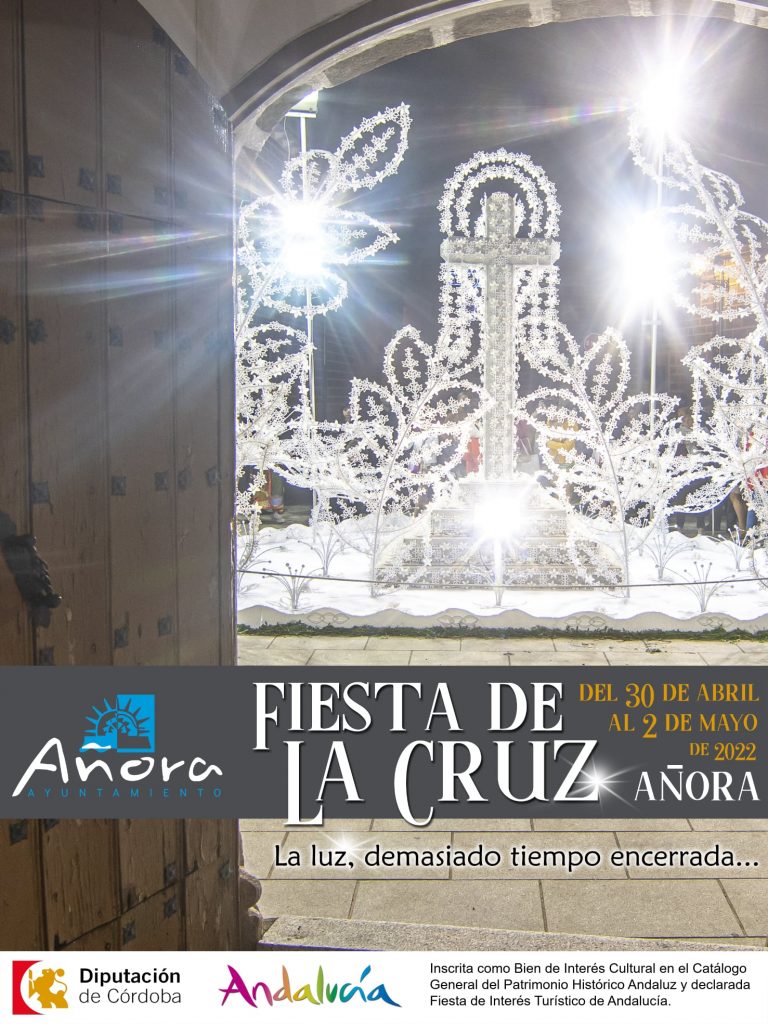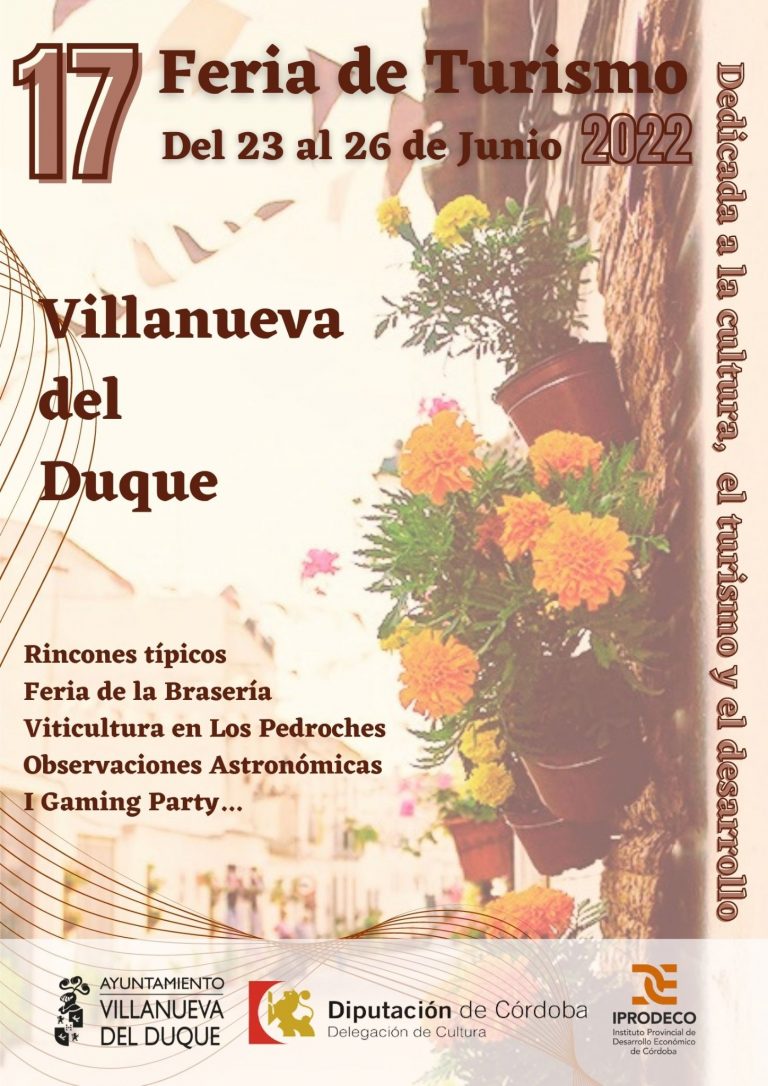Unlocking Ancient Symbols: The Djed Pillar and Human Stability
1. Introduction: The Significance of Ancient Symbols in Human Culture
Symbols have served as vessels of collective knowledge throughout human history, encapsulating shared beliefs, values, and spiritual insights. These visual and conceptual tools transcend time, providing continuity between ancient civilizations and modern societies. Today, they still influence our understanding of stability, resilience, and transformation. This article explores how ancient symbols—like the Djed Pillar and the Eye of Horus—offer profound lessons on human stability, both physical and spiritual, and how they continue to inspire personal growth.
Contents
- The Concept of Stability in Ancient Civilizations
- The Djed Pillar: Symbol of Stability and Resurrection
- Connecting the Djed to Human Stability
- The Underworld Journey and the 12 Stages of Night
- The Eye of Horus: An Educational Symbol of Protection and Well-being
- The Falcon and Speed: Insights into Rapid Adaptation and Focus
- The Ankh: Integrating Dualities for Holistic Stability
- Non-Obvious Perspectives
- Conclusion
2. The Concept of Stability in Ancient Civilizations
In ancient societies, stability was foundational for survival and spiritual harmony. It encompassed societal order, spiritual coherence, and physical security. Societies relied on symbols as anchors—visual cues that reinforced collective identity and provided reassurance during periods of change. For example, the Mesopotamian ziggurats and Egyptian pyramids served not only as religious centers but also as symbols of enduring stability, linking the physical and spiritual realms through their architecture and iconography.
These symbols functioned as a symbolic language, bridging the tangible world with spiritual dimensions. They communicated complex ideas—such as divine authority, eternal life, and resilience—without words, reinforcing societal cohesion and individual inner stability.
3. The Djed Pillar: Symbol of Stability and Resurrection
a. Historical origins and mythological significance in Egyptian culture
The Djed Pillar dates back to ancient Egypt, where it was associated with the god Osiris, symbolizing resurrection, eternal life, and stability. Mythologically, it represented Osiris’s backbone, signifying resilience and the ability to regenerate after death. The symbol first appeared around 2500 BCE, often inscribed in temple carvings and amulets, emphasizing its sacred importance.
b. Visual symbolism: the structure and its associations with the backbone and stability
Visually, the Djed resembles a column with a broad base, a central shaft, and a series of stacked, rectangular segments at the top, reminiscent of a backbone with vertebrae. This structure visually signifies physical and spiritual stability—an unbreakable core supporting the whole. Its repeated motifs symbolize endurance and continuity, serving as a talisman of resilience.
c. The Djed as a metaphor for human resilience and endurance
Just as the Djed supports the weight of the universe in Egyptian mythology, it stands as a metaphor for the human spine—the physical backbone—and the core strength needed to withstand life’s challenges. The Djed embodies resilience, encouraging individuals to maintain stability amidst upheaval, much like the mythological resurrection of Osiris.
4. Connecting the Djed to Human Stability: A Deeper Understanding
The human spinal column is often likened to the Djed, serving as the central support of physical stability. Neuroscience confirms that a healthy, aligned spine is crucial for overall well-being, affecting everything from posture to mental health. The Djed thus becomes a symbol of core strength—not only physically but psychologically and spiritually.
In spiritual traditions, the Djed represents the axis mundi—the spiritual center of a person—fostering resilience through practices like meditation and mindfulness. For example, yoga emphasizes spinal alignment as essential for energy flow and mental clarity, echoing ancient symbolism.
Modern concepts of mental resilience often include building a strong internal «core»—a concept rooted in physical health but extending into emotional stability. The Djed reminds us that stability begins from within, anchored by our core strength.
For a deeper exploration of symbolic resilience, consider the role of ancient symbols in therapeutic contexts. Techniques incorporating visual symbols, such as the Djed, are increasingly used in trauma therapy to foster subconscious stability and healing.
5. The Underworld Journey and the 12 Stages of Night: Navigating Inner Stability
Ancient Egyptian mythology describes the 12 hours of night as symbolic stages of an underworld journey, representing psychological and spiritual challenges that lead to renewal. Each stage signifies a phase of transformation—testing resilience, confronting fears, and ultimately achieving rebirth.
This journey mirrors human psychological development: facing inner fears, processing trauma, and emerging stronger. The cyclical nature of night reflects the importance of resilience, as each stage prepares the individual for a new dawn of stability and growth.
Understanding these stages offers insight into personal resilience. For example, recognizing that periods of upheaval are natural parts of growth encourages patience and perseverance—key components of mental stability.
6. The Eye of Horus: An Educational Symbol of Protection and Well-being
The Eye of Horus, originating from Egyptian mythology, symbolizes protection, health, and restored stability. Mythologically, it represents Horus’s eye, which was injured and subsequently healed, symbolizing healing and wholeness. This powerful emblem has been used as an amulet for protection and health for thousands of years.
Today, the Eye of Horus continues to serve as a symbol of well-being. Its imagery is often incorporated into jewelry, tattoos, and even therapeutic practices to promote protection and mental resilience. For example, some modern practitioners embed the Eye into mindfulness rituals, connecting ancient wisdom with contemporary wellness.
An intriguing example of modern adaptation is the way symbols like the Eye of Horus are integrated into interactive experiences, such as online games, that combine entertainment with educational principles—highlighted in the Egyptian slot w/ gamble feature. These engage users in exploring symbolism while fostering subconscious associations of safety and stability.
7. The Falcon and Speed: Insights into Rapid Adaptation and Focus
Horus was often depicted as a falcon, a bird renowned for speed, keen perception, and adaptability. These traits symbolize the importance of agility in navigating turbulent environments—traits essential for personal growth and resilience.
Just as the falcon swiftly adjusts its course to changing conditions, individuals must develop mental agility to cope with life’s unpredictability. This symbolism encourages us to cultivate focus, quick decision-making, and adaptability—traits that foster stability in chaos.
In practical terms, embracing the falcon’s symbolism can inspire strategies for swift problem-solving and maintaining clarity during crises. These skills are increasingly relevant in today’s fast-paced world, where resilience hinges on rapid adaptation.
8. The Ankh: Integrating Dualities for Holistic Stability
The Ankh, another iconic Egyptian symbol, represents life and immortality through the union of male and female elements. Its loop signifies eternity, while the crossbar symbolizes balance between opposites—such as strength and compassion, or action and contemplation.
This duality underscores the importance of harmony in achieving holistic stability. Contemporary psychology echoes this idea, emphasizing the integration of different aspects of self—emotional, physical, and spiritual—to foster well-being.
Practices like mindfulness and holistic health draw from this ancient wisdom, advocating for balance and unity within ourselves. The Ankh reminds us that true stability arises from embracing and integrating our multifaceted nature.
9. Non-Obvious Perspectives: Deeper Layers of Ancient Symbols and Human Stability
Beyond their surface meanings, ancient symbols influence the subconscious, shaping our perceptions of stability and resilience through repeated exposure. Research in psychology suggests that symbols, when consistently encountered, reinforce subconscious beliefs—creating a mental framework for stability.
Cross-cultural comparisons reveal similar motifs—like the Tree of Life or the Yin-Yang—representing harmony and resilience across diverse civilizations. These shared themes highlight universal human values concerning stability and balance.
Modern therapeutic practices increasingly incorporate symbols like the Djed or Eye of Horus into visualizations and guided imagery, helping individuals access deeper layers of resilience and subconscious stability.
10. Conclusion: Embracing Ancient Wisdom to Foster Modern Resilience
Ancient symbols remain powerful tools for understanding and cultivating stability in our lives. They serve as visual and conceptual anchors, guiding us through personal and collective transformations. By exploring symbols like the Djed Pillar, the Eye of Horus, and the Ankh, we tap into timeless principles of resilience, balance, and renewal.
Incorporating these symbols into personal practices—whether through meditation, visualization, or creative expression—can enhance our capacity for inner stability. As history shows, wisdom encoded in symbols endures, offering keys to unlocking human potential.
Ultimately, the enduring relevance of ancient symbols underscores their role as bridges between the past and present—tools that empower us to navigate change with resilience and grace.






